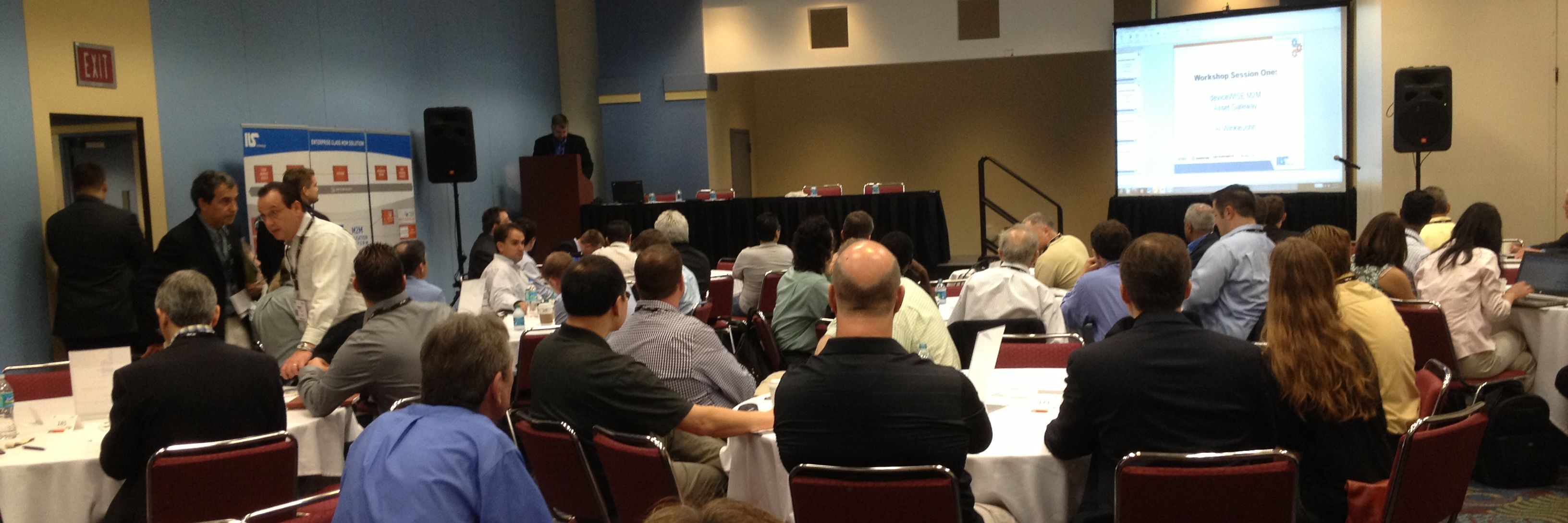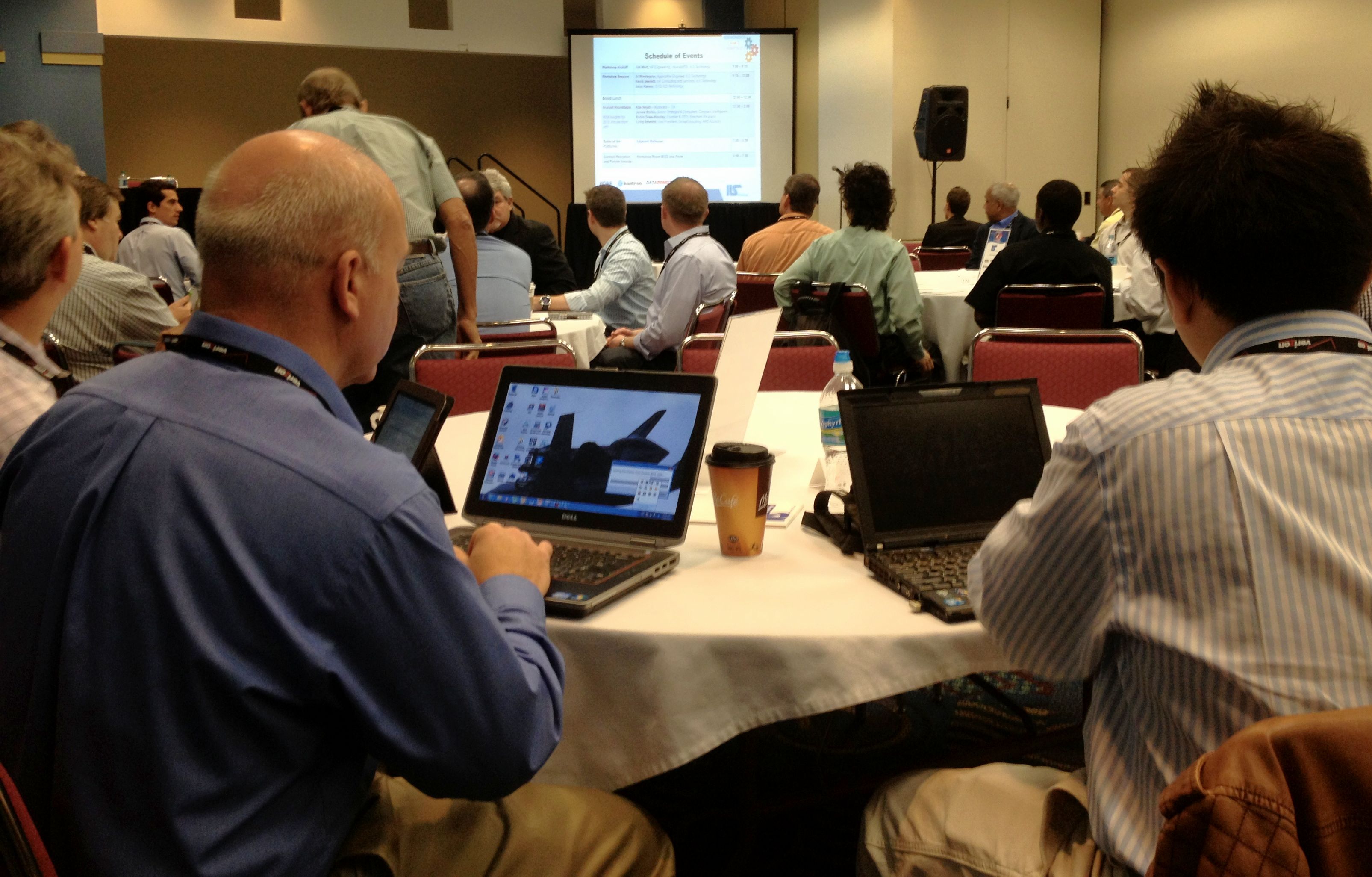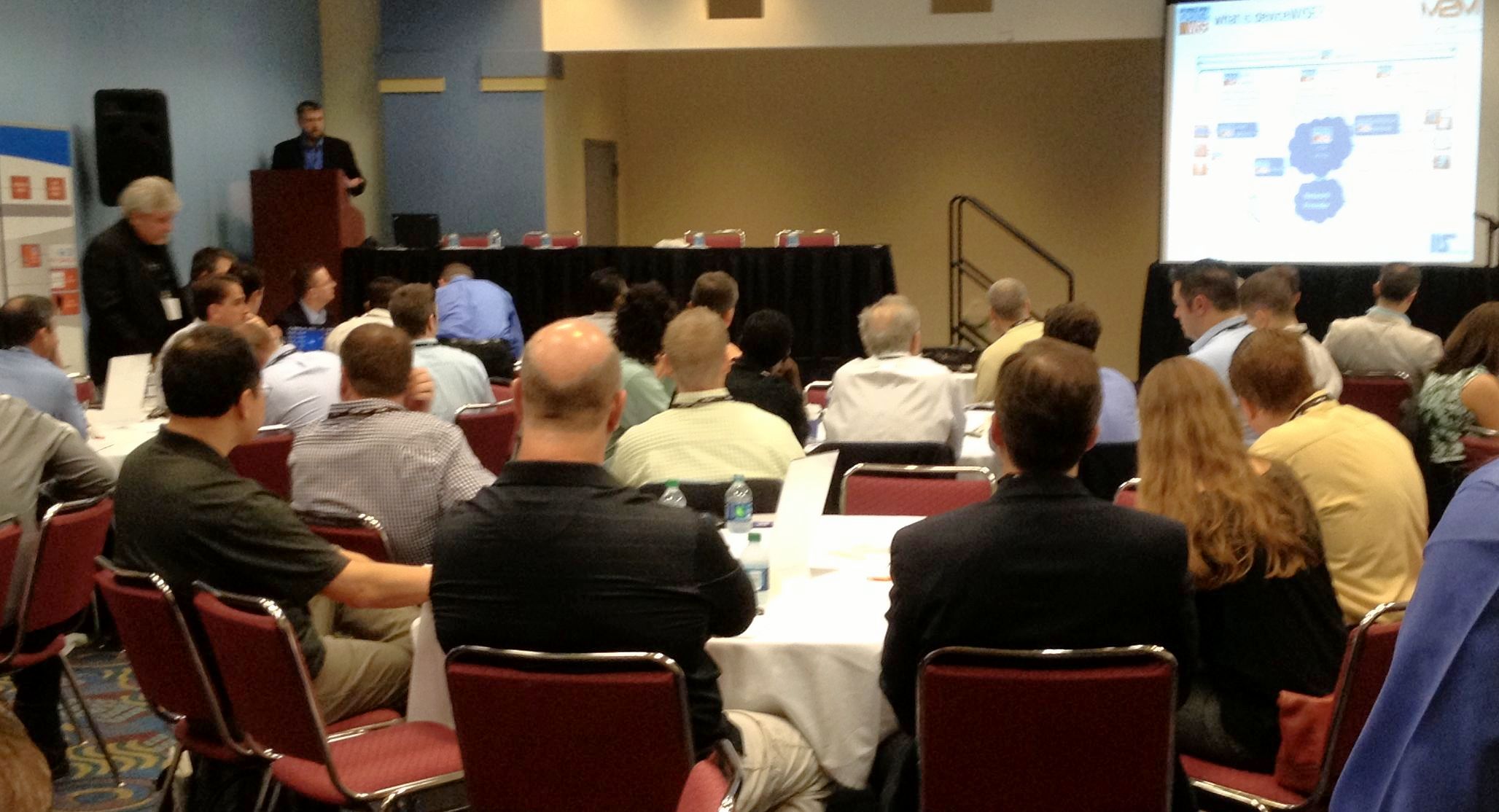ILS Technology, a company that has been in the machine to machine (M2M) game for some time, provides a key “ready to use and off the shelf” cloud-based M2M platform that allows enterprise IT systems to easily connect to any device and/or machines that a business must monitor in real-time and through primarily wireless environments. ILS M2M solutions are simple to create, and removes the need for complex programming. In addition, ILS is able to easily handle extremely high levels of big data transfer through its cloud capabilities.
This in turn cuts down significantly on development costs and overall deployment time. ILS also brings to the game a strong focus on security, a critical component for many ILS customers who must operate under a variety of required compliance ecosystems involving federal, state and local regulatory issues, including personal information privacy.
To give potential customers a strong sense of the ease of use behind the ILS platform as well as to give people who are now becoming involved with real-time M2M deployments a strong understanding of what today’s M2M landscape looks like, this week during the M2M Evolution Conference, ILS ran a substantial and hands-on focused M2M Workshop, which we had the opportunity to attend. We also had the opportunity to sit down with Frederick Yentz, ILS’s CEO, and Lawrence Latham, ILS’s CCO (chief customer officer).
Latham is by far the calmer of the two, with Yentz being the “character” on the team – you can track down our ITEXPO Miami 2013 video interview with Yentz to get a sense of what we mean. We mean it of course in a good way – Yentz delivers an infectious enthusiasm for the M2M market, which the workshop audience clearly identified with. Regardless of the yin and yang of the two on calmness (and we will note as well that Lawrence refrained from offering us a $25 Duncan Donuts gift card for fear of looking like he was bribing us), they are both enormously excited about not only the current state of M2M, but more importantly about the multibillion dollar M2M market that is rapidly emerging.
The workshop was jam-packed with a lively group of conference attendees, all of whom were clearly anxious to get some hands on development experience utilizing the ILS platform.

To do so, for the workshop ILS set up 20 workstations where attendees would be able to sit and develop a real-time event monitor and trigger; the actual application consisted of establishing a connection to a remote thermostat monitoring ambient temperature within a certain environment (let’s call it a simulated ecosystem). Once the thermostat connection and monitoring capability is set up the second step is to control a remote fan that can be turned on and off depending on ambient temperature. In our workshop case, the required trigger is to turn on the remote fan when ambient temperature reaches 90 degrees, and to turn it off once ambient temperature hits 800 degrees.
Generally speaking, that sounds like a fairly simple application but adequately building the monitoring and fan triggering software includes the need to capture real-time field data of every event. But imagine an environment monitoring and triggering 100,000 thermostats and 100,000 fans over numerous locations across all 50 states and capturing data on a 24 hour a day, seven day a week basis. Include the need to evaluate temperature ranges, the effectiveness of any given fan (how long does it take the fan to cool an environment), and the need to know if fans are malfunctioning and in need of repair. Suddenly a simple application becomes a much more complex application and development efforts will become much more complex. As does the amount of data in need of being captured, analyzed – and acted on - in real-time.

The point for ILS is that using its platform to develop resources and capabilities needed to solve the far more complex solution are not much more difficult than what is needed to solve the simpler problem. The ILS system provides drag and drop tools to create the monitors and triggers. In the field, ILS deploys gateways that perform numerous data-related functions that ensure the right data is delivered to the ILS cloud platform at the right time, and through the cloud services is then directed back to whatever IT backend systems a given enterprise needs the data to go to for analysis. In true big data scenarios this could, for example, mean delivering data to an in-memory database such as SAP’s HANA.
The workshop didn’t quite get to that level of complexity, but the ILS platform combination of software tools, in the field hardware and the ILS cloud services makes it relatively simple to create complex M2M solutions in a greatly reduced timeframe than it would otherwise take. To be sure, there is still some complexity involved in getting the applications correctly modeled to do what they need to do yet ILS frees the enterprise to focus on developing their specific business solutions (and in turn on their business processes related to any given solution), rather than spending their time trying to figure out how to find and allocate the dollar resources for IT teams to build solutions in-house.
Architecting M2M solutions ends up taking significantly less time, building (engineering and programming) the solutions takes significantly less time, far fewer IT resources (and far lower development costs) are needed, and much more rapid deployment becomes real. Deployment also includes field testing, system tweaks and rapid redeployment as needed.
Due to technical difficulties we aren’t able to show the attendees getting the application up and running and watching the fans twirl (ok, we admit it, we accidently deleted the photos we took of the attendees), but the magic happened, with most attendees able to build their apps within 20 to 25 minutes from beginning to end.

All in all, it was an excellent experience. The sense of delivering a palpable hands-on M2M experience and more importantly communicating the ease with which the ILS platform was able to make it to do so, was clearly achieved. Following the workshop there was a good deal of positive buzz about it.
At the end of the workshop, ILS also recognized AT&T for its contribution to shared business in the M2M marketplace with their 2012 Carrier Partner of the Year Award. The partnership between the companies has been marked over the past 12 months by extensive cooperation resulting in multiple new accounts across a variety of vertical industries including energy, petroChem, retail and food service.
ILS also recognized DataRemote with the 2012 Systems Integration Partner of the Year Award. The partnership between the two companies resulted in multiple new accounts across a variety of industries including retail and food service.
All in all, it was time well spent.
Edited by
Jamie Epstein





